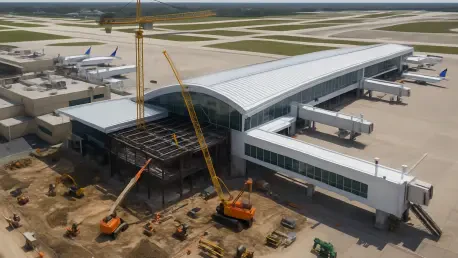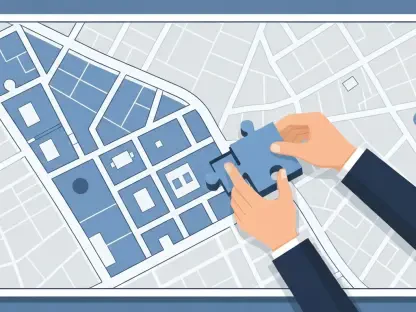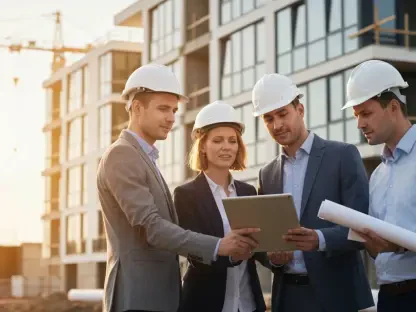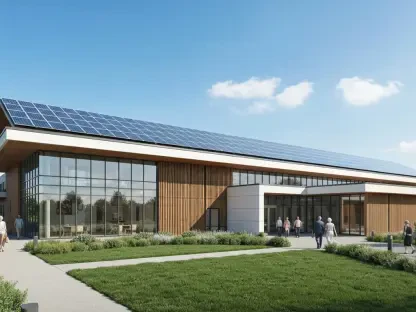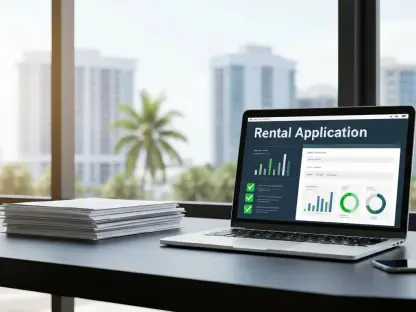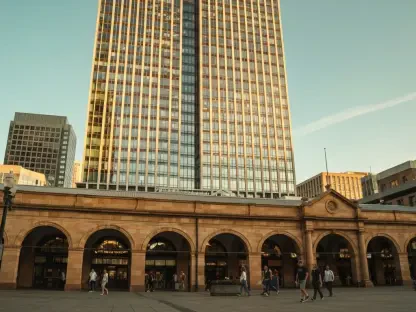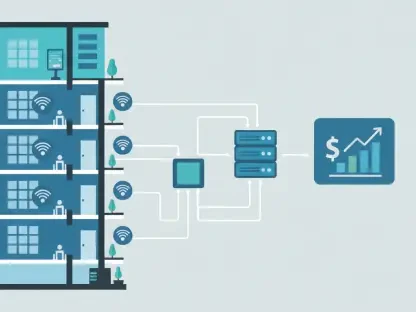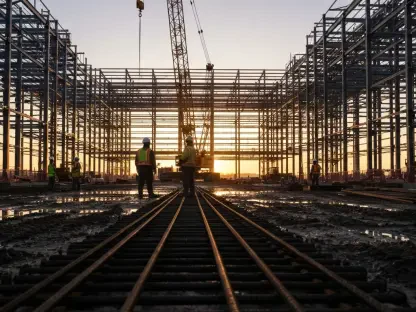I’m thrilled to sit down with Luca Calarailli, a seasoned expert in construction, design, and architecture, who has a deep passion for integrating cutting-edge technology into the industry. With years of experience under his belt, Luca brings a unique perspective on how infrastructure projects shape communities and drive innovation. Today, we’re diving into a major undertaking in Wisconsin—the $95 million expansion of Milwaukee Mitchell International Airport. In this conversation, we’ll explore the project’s ambitious goals, its impact on both travelers and the local economy, the modern upgrades in store, and the challenges of redeveloping a critical piece of infrastructure. Let’s get started.
Can you walk us through the overarching vision for the Milwaukee Mitchell International Airport expansion project?
Absolutely. This $95 million project is one of the most significant investments in the airport’s history, aimed at completely redeveloping Concourse E. The main goal is to modernize the facility to handle a growing number of passengers, both domestic and international, while improving operational efficiency. It’s about creating a seamless experience for travelers and airlines alike, replacing outdated infrastructure with something that meets today’s demands. Historically, this kind of investment hasn’t been seen at the airport in decades, so it’s a landmark effort to position Milwaukee as a key hub.
What are some of the standout improvements that the new Concourse E will introduce for passengers and airlines?
The new concourse is set to transform the airport’s capacity and functionality. It will nearly triple the processing capability for international passengers, handling up to 400 per hour with the addition of two new jet bridges. This means less waiting and smoother transitions. For airlines, the setup allows them to manage both international and domestic flights from the same gate, eliminating the need to tow aircraft between terminals. It’s a huge boost to efficiency and reduces operational headaches.
Why is the current International Arrivals Terminal being replaced, and what issues does it present?
The existing terminal isn’t connected to the main terminal, which creates a logistical nightmare. Passengers and airlines face inefficiencies because aircraft need to be moved between locations for different types of flights. This disconnect slows down operations and frustrates travelers who have to navigate a less-than-ideal setup. Replacing it with a connected, modern facility in Concourse E addresses these pain points head-on and brings the airport into the 21st century.
How is the project progressing, and what does the timeline look like moving forward?
We’re in the early stages right now, with demolition of the old structure having started this month. The plan is to wrap up construction by late 2027, which gives us a clear runway to rebuild and refine. Between now and then, there will be several key phases, like laying the foundation for the new concourse and integrating advanced systems. Each milestone is critical to staying on track, and we’re focused on maintaining momentum to meet that deadline.
Could you shed light on how this expansion is being funded and why the funding approach matters to the community?
The funding for this $95 million project comes from a mix of airport revenue, bonding, and a substantial $13.5 million in federal support. What’s really important for the local community is that not a single dollar of local property taxes is being used. This approach ensures that the burden doesn’t fall on residents while still delivering a major upgrade that benefits everyone. It’s a win-win, showing how strategic funding can drive big projects without straining local budgets.
In what ways do you see this project influencing Milwaukee and the broader region economically and socially?
This expansion is a game-changer for the region. By enhancing international connections, it opens up Milwaukee to more global traffic, which can attract businesses and tourism. Economically, it creates opportunities for jobs, both during construction and long-term through increased airport activity. Beyond that, it strengthens the community by improving access to travel and putting Milwaukee on the map as a more prominent hub. It’s not just about the airport—it’s about what it enables for everyone in the area.
What modern and sustainable features are being incorporated into the new Concourse E, and how will they enhance the traveler experience?
We’re prioritizing sustainability and modernity with this project. The new concourse will include environmentally friendly designs, though specific details are still being finalized, aimed at reducing the airport’s footprint. Additionally, there will be a state-of-the-art U.S. customs facility to streamline international arrivals. These upgrades, combined with an overall focus on passenger flow, will elevate the experience at the airport, making it more comfortable, efficient, and welcoming for travelers.
Looking ahead, what is your forecast for the future of airport infrastructure projects like this one in terms of innovation and community impact?
I think we’re entering an exciting era for airport infrastructure. Projects like this one in Milwaukee are setting a precedent for blending innovation with community needs. We’ll likely see more integration of smart technology—think automated systems for check-ins or baggage handling—and a stronger push for sustainability with energy-efficient designs. On the community side, these projects will continue to be catalysts for economic growth, connecting smaller regions to global networks. I’m optimistic that as we refine these approaches, airports will become even more vital to local development and global connectivity.
